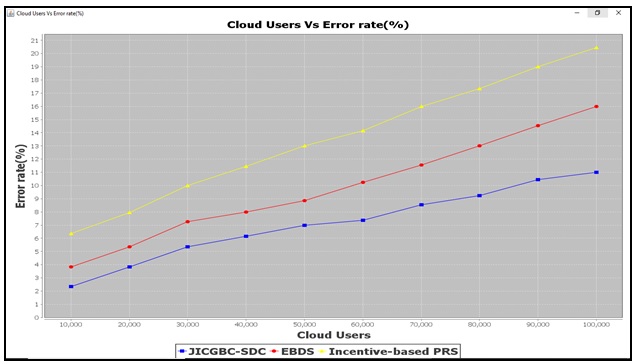Jaccard Index Cat Gradient Boosting Classification for Secured Big Data Communication
DOI:
https://doi.org/10.54741/asejar.1.5.1Keywords:
big data, cloud, jaccard index, cat gradient boosting, data communication, internet of thingsAbstract
Big data is observed as a novel field dealing with datasets that are too complex in providing indispensable services for daily chores and also discovering hidden patterns. Network security has become a major issue due to big data analytics, which offers unlimited research potential. More specifically, secure data communication without a third party is a major concern. Also, as large, heterogeneous, and complex data sets emerge, existing security mechanisms cannot provide or address network threats quickly or accurately. Therefore, along with the decrease in time, accuracy and error rate are other research concerns. Accordingly, an accurate and timely big data-based secure method called Jaccard Index Cat Gradient Boosting Classification-based Secured Data Communication (JICGBC-SDC) using the Internet of Things is presented. Firstly, for each cloud user, user registration is performed by acquiring information from various sensors. Second, information is collected from the registered cloud users by means of the Jaccard Index Cat Gradient Boosting Classifier algorithm. Such a proposed algorithm imposes a lower error rate and minimizes classification time, ensuring the most reliable and secured data communication between cloud users. To ensure secure data communication, weak learners' results are combined to form a strong classifier. The proposed method is implemented in Java and tested on the CloudSim simulator for classification accuracy, classification time, and error rate. The experimental results reveal the JICGBC-SDC method increases the performance of secured data communication for error rate by 77%, classification time by 79% and classification accuracy by 25% as compared to the state-of-the-art work.
Downloads

Downloads
Published
How to Cite
Issue
Section
ARK
License
Copyright (c) 2022 S L Swapna, V Saravanan

This work is licensed under a Creative Commons Attribution 4.0 International License.
Research Articles in 'Applied Science and Engineering Journal for Advanced Research' are Open Access articles published under the Creative Commons CC BY License Creative Commons Attribution 4.0 International License http://creativecommons.org/licenses/by/4.0/. This license allows you to share – copy and redistribute the material in any medium or format. Adapt – remix, transform, and build upon the material for any purpose, even commercially.










